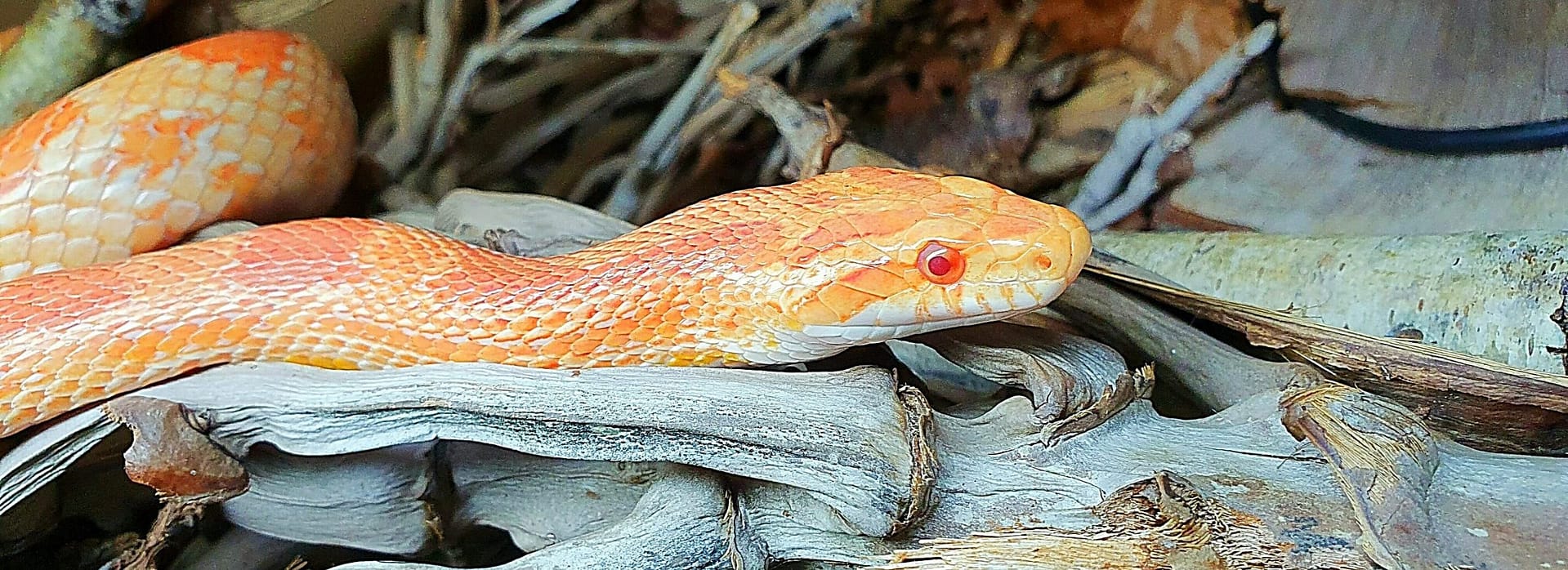
The following is something that is often said within my Bearded Dragon Facebook group (as well as others). And frankly, I’m sick of people saying it and not giving any other information.
This is based on keeper collective knowledge. Personal discussions with Vets. Common sense. Knowledge of the effects of heat, uvb, hydration and diet. All the facts are out there. Do your own research. This is purely a reference for you all
It goes along the lines of, “Sand causes impaction, because they eat the sand when they eat their food“.
Sure, this can happen. But there are some very important issues this statement fails to state.
So a couple of facts for you.
1) Bearded dragons (Pogona vitticeps) are tongue stickers. Meaning their sticky tongue pulls the food/prey into the mouth, where it is then held by the teeth and very strong jaw muscles.
At no point does the mouth enter the substrate. Even when babies.
2) This is evolutionary. Coming from a varied range of habitats, with various substrates, and with prey which it often small and fast. They need to strike fast, and not have the prey get away. And with that, not get a mouthful of earth.
And over millions of years, they have pretty much perfected this.
3) Geophagy—the consumption of soil, ground-up rock, termite mound earth, clay, and dirt, in order to expand their intake of vital minerals missing within the diet that many Reptiles partake in naturally.
If your dragon is taking in mouthfuls of substrate when eating, then you have bigger issues. And it’s NOT the substrate.
The substrate here is a side effect of a much bigger problem.
More often than not, a husbandry failing;
- poor/inadequate/incorrectly mounted UVB.
- Poor/incorrect heat.
- Poor supplements.
- Poor diet.
- Poor hydration.
The list goes on.
Now I’m not saying impaction doesn’t happen. It does. But as I mentioned before, when you consider that sand, and with that calcium sand, is the world’s most popular substrate. Statistically, the issues with substrate impaction are almost non-existent.
So with that, the “why risk it?” reply doesn’t even have any front.
I ask you to speak with some Exotic Vets and you’ll hear that actually food impaction is a far more commonly seen issue within their veterinary practice.
Poor diets of supers (morio worms), mealworms, or any food for that matter, and then link that with poor heat, uvb, hydration. That = extreme food impaction issues.
Also, yes, a Bearded Dragon will taste its surroundings. As like Snakes, Bearded Dragons have what is called a Jacobson Organ/vomeronasalon the roof of the mouth.
You will often see your dragon flicking its tongue out, but not actually licking anything at all. The dragon is simply searching for information about its surroundings.
The tongue picks up small particles in the air, or on an object. The tongue is then drawn back within the mouth, and comes into contact with that Jacobson’s Organ. When it does, the dragon’s brain will process the information, and then identifies potential mates, food/prey, predators, water, plant, etc, etc.
But during this action it’s rarely aimed at anything on the substrate/floor. It’s generally head-height.
So that is not a valid argument standpoint for the intake of substrate either.
With all the above being said, with the correct diet. Heat. Uvb. Hydration, etc, all explained in detail in my bearded dragon group. Your dragon will have every chance of living a happy healthy life, on a substrate that is easily digestible. Those ideally being;
♦Play-sand
♦Topsoil
♦Playsand/topsoil mix
♦Arcadia EarthMix
♦And yes, even Calcium sand can be mixed with the above as it’s only CaCO3. Exactly the same as the supplements we use.
(Eating too much of this can neutralise stomach acids. But again, if your Dragon is eating any substrate by the mouthful, then you have far more pressing issues)
And those that a NOT easily digestible, regardless of your setup parameters;
♦Coir
♦Crushed Walnut
♦Gravel
♦Tissue
♦Paper
You are at far greater risk regarding impaction if you use the above.
And yes…….tissue paper does cause impaction.
– Pete
Award winning Published author of Herpetoculture.
Featuring articles on many species within,
Practical Reptile Keeping magazine (some linked on site as .pdf files)
Canadian Hobbyist magazine
Reptiles magazine
Also, Reptile/Amphibian blog article writer and reptile specialist for;
Exotic Direct (links on this site)
Reptile Apartment
Public talker at Reptile meetings, for various organisations.
Founder of several huge Reptile and Amphibian related Facebook groups (links on this site)
Reptile Reports – “Lizard Personality of the year” 2016 & 2017



Thanks for a very good artikel
Thank you
Very interesting, more keepers should consider these issues.